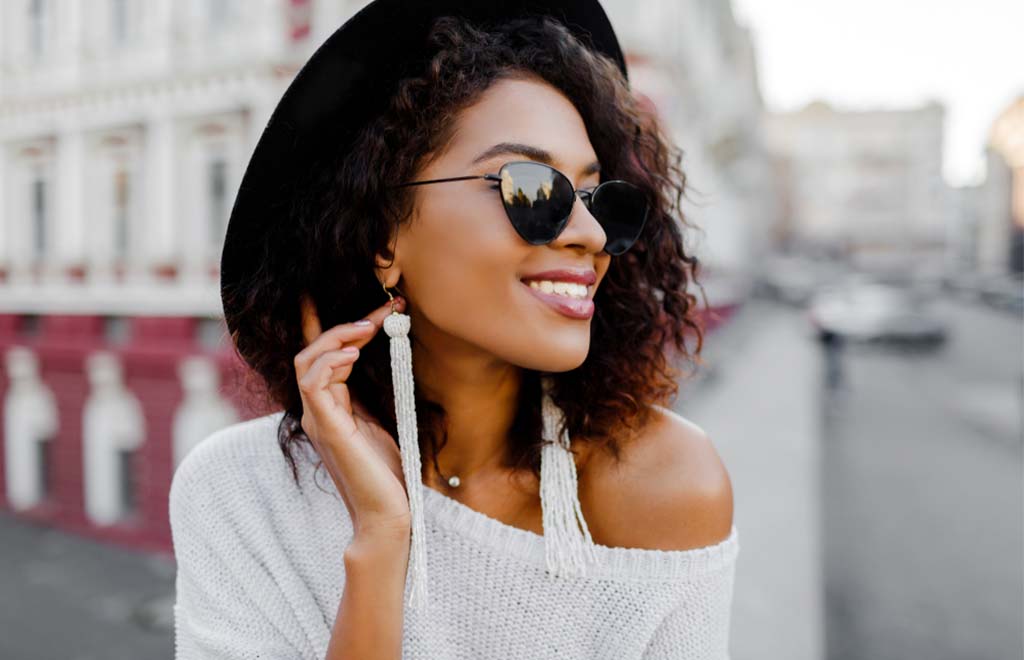
In today’s fashion and beauty world, the spotlight is no longer reserved solely for celebrities or mega influencers with millions of followers. Instead, a new wave of tastemakers—micro-influencers—is driving authentic style trends and influencing how everyday people express themselves. With follower counts ranging between 1,000 and 100,000, micro-influencers are proving that size isn’t everything. Their relatability, niche expertise, and direct engagement with followers have made them powerful voices in the digital space, especially when it comes to inspiring the next generation of style.
Micro-influencers offer a level of authenticity that larger influencers often struggle to maintain. Their audiences tend to be more tight-knit and engaged, creating a sense of community rather than fandom. Unlike celebrities or major fashion bloggers who are often paid large sums to promote luxury brands, micro-influencers usually showcase pieces they actually wear, from brands they truly support. Whether they’re sharing a thrifted find, a local Black-owned business, or their favorite affordable skincare brand, their recommendations feel more trustworthy and grounded in real life.
In the realm of style, this authenticity translates into real-world inspiration. People are more likely to follow someone who looks like them, has a similar lifestyle, or styles clothes in a way that’s achievable and wearable. For example, micro-influencers with natural hair—especially locticians or those with locs—are redefining beauty standards by showcasing intricate loc styles, color techniques, and updos that resonate with followers who have been historically underrepresented in mainstream fashion media. These influencers aren’t just showcasing looks; they’re shaping cultural narratives and empowering others to embrace their identity.
Another reason micro-influencers are driving style trends is their ability to adapt quickly. Unlike big names who may be tied to major brand contracts or long-term campaigns, micro-influencers often pivot with the moment. They can jump on trends early, experiment with new styles, and provide fresh takes on fashion that are ahead of the curve. Their content is frequently DIY, creative, and deeply personal. This agility makes them trendsetters, especially within niche communities like sustainable fashion, streetwear, or natural hair styling.
Micro-influencers also excel at storytelling, which makes their style posts more impactful. Instead of just posting a polished photo in designer clothes, they often share the backstory behind their outfit—why they love a certain brand, how they styled a thrifted item, or what inspired a new hairstyle. This storytelling aspect invites engagement, sparks conversation, and turns style into a personal journey rather than just a visual aesthetic. Followers don’t just see what the influencer is wearing—they connect with why and how, making the trend more meaningful and accessible.
Social media platforms like Instagram, TikTok, and Pinterest have given micro-influencers the tools to shine. On TikTok, for example, you’ll find stylists with 5,000 followers getting hundreds of thousands of views on creative hair tutorials or fashion transitions. The algorithm doesn’t care how many followers you have—it rewards creativity, originality, and relatability. This has leveled the playing field and allowed smaller creators to influence broad audiences without the backing of a big brand or media outlet.
Additionally, brands have taken notice. As consumers become more skeptical of traditional advertising, companies are investing more in micro-influencer partnerships. These influencers often have better engagement rates and more targeted audiences, which translates into higher conversion. A local fashion boutique, for instance, might see more success working with a micro-influencer whose followers are genuinely interested in ethical fashion than with a celebrity whose followers span countless demographics. This shift in marketing has elevated the role of micro-influencers from trend followers to trendsetters.
What’s particularly exciting is how diverse and inclusive this space has become. Micro-influencers come from a wide range of backgrounds—different body types, ethnicities, genders, and lifestyles—making style inspiration more inclusive than ever before. This democratization of fashion allows people to see themselves reflected in the media they consume. Whether it’s a plus-size creator styling streetwear, a loctician sharing intricate braid-loc hybrids, or a Muslim influencer pairing modest fashion with high-end streetwear, these voices are helping reshape the definition of what’s stylish and who gets to define it.
Micro-influencers are also championing sustainability and mindful consumption. Many advocate for slow fashion, capsule wardrobes, or upcycled clothing—not because it’s trendy, but because it aligns with their values. This influence has led to a growing awareness around how we shop, what we wear, and how fashion impacts our planet. Their content encourages followers to rethink fast fashion habits and invest in long-term style choices.
Ultimately, the rise of micro-influencers marks a shift from top-down to community-driven style trends. Instead of being told what’s fashionable by a magazine or a celebrity stylist, people now look to peers whose lives and aesthetics mirror their own. Micro-influencers are not only changing how trends are created, but also who gets to create them.
In a time when audiences crave authenticity and connection, micro-influencers are more relevant than ever. Their impact is felt in every corner of the fashion and beauty world—from local hair studios to global streetwear communities. As they continue to inspire with their honesty, creativity, and individuality, micro-influencers are not just following trends—they’re building the next wave.
Back to All Articles

